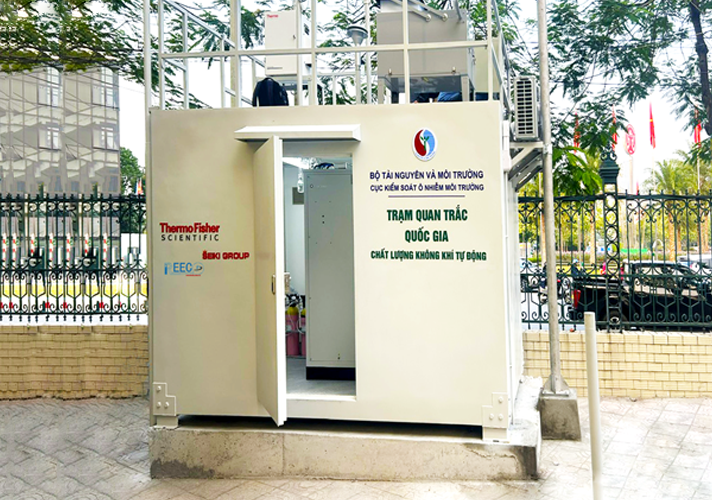In the context of rapid economic development, industrial zones and factories play a key role in the country’s industrialization and modernization process. However, this development poses an urgent challenge in environmental protection. Pollution from production activities not only affects the living environment and public health but also directly impacts the business operations of enterprises themselves. Therefore, investing in environmental monitoring systems is not only about complying with the law but also a strategic investment decision to ensure the sustainable development of businesses.
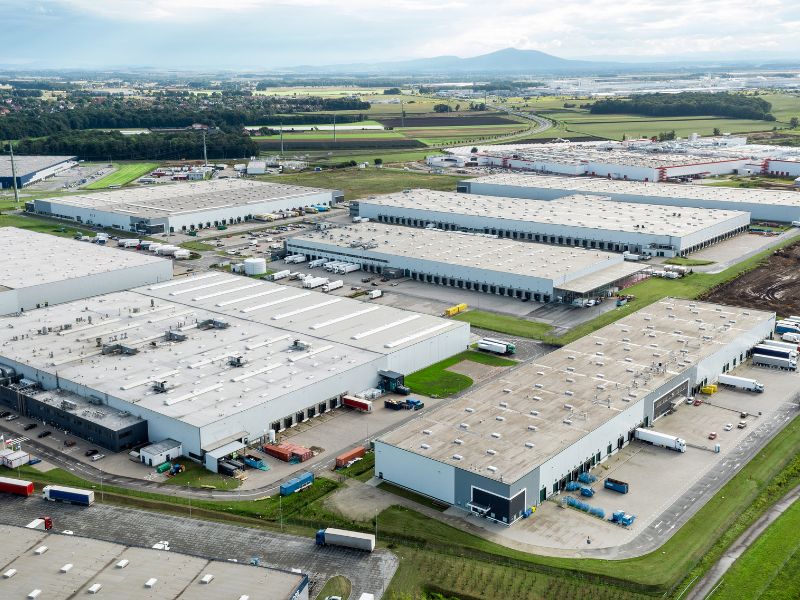
Monitoring Systems Required for Investment According to Legal Regulations
Investing in environmental monitoring systems is a mandatory requirement under the law and also brings numerous practical benefits to businesses. These systems help monitor and control the quality of environmental factors, thereby minimizing negative impacts and optimizing production processes.
Wastewater Monitoring System: Managing Discharge Sources and Reducing Treatment Costs
- Applicable Entities: Projects, facilities, industrial zones, and industrial clusters with discharge flows specified in Column 4 of Appendix XXVIII of Decree 08/2022/ND-CP, especially facilities discharging into surface water sources used for domestic water supply purposes.
- Monitoring Parameters:
- Mandatory: COD, BOD5, TSS, pH, temperature, and flow rate.
- Depending on the type of production: Total Nitrogen (TN), Total Phosphorus (TP), heavy metals, oil and grease, coliform, and other specific parameters.
- Technical Requirements: Equipment must be inspected and calibrated; data must be transmitted directly and continuously to management authorities; the system must have threshold exceedance warning functions.
- Benefits: Beyond regulatory compliance, the wastewater monitoring system helps businesses:
- Control wastewater quality, ensuring it meets standards before being discharged into the environment.
- Detect abnormalities in wastewater treatment systems early, enabling timely corrections, preventing incidents, and saving treatment costs.
- Optimize wastewater treatment processes, reducing the amount of chemicals used and operational costs.
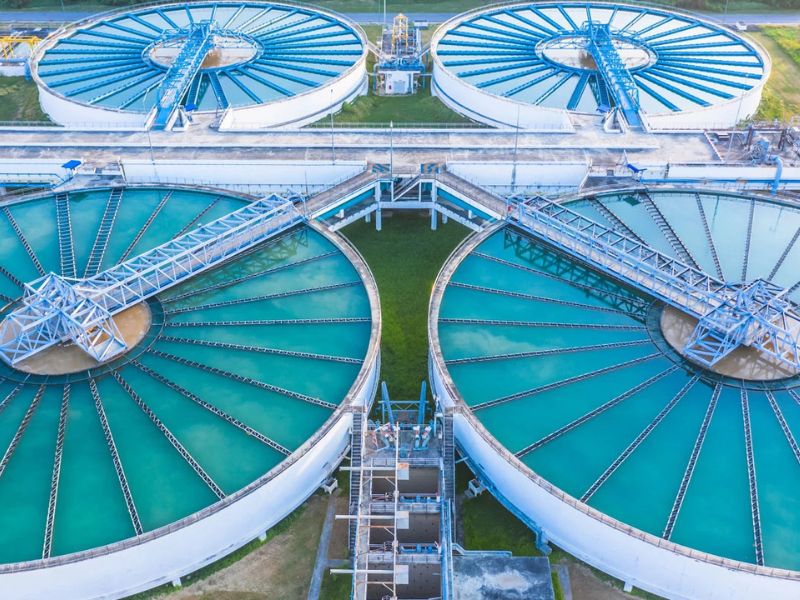
Emission Monitoring System: Pollution Control and Public Health Protection
- Applicable Entities: Investment projects emitting industrial dust and gases with flow rates or capacities specified in Column 5 of Appendix XXIX of Decree 08/2022/ND-CP, and facilities at high risk of causing serious air pollution.
- Monitoring Parameters:
- Mandatory: Total dust, SO₂, NOx, CO, O₂.
- Depending on the type of production: Heavy metals, VOCs, HCl, HF, and other specific parameters.
Technical Requirements: Similar to those of wastewater monitoring systems.
- Benefits: In addition to legal compliance, the emission monitoring system helps:
- Monitor and control emission quality, reducing impacts on the environment and public health.
- Enhance the efficiency of the emission treatment system.
- Contribute to building a green, environmentally friendly business image.
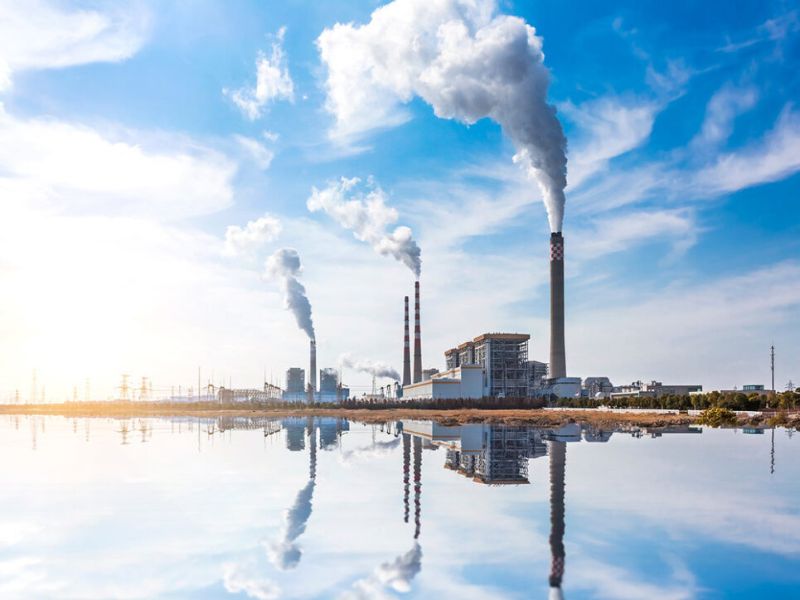
Water Supply Monitoring System: Ensuring Product Quality and Optimizing Production Processes (as required)
While not mandatory for all factories, in certain cases, monitoring water supply quality is crucial, especially for industries that use water in their production processes (e.g., food, pharmaceuticals).
- Applicable Entities: Factories using water supply for production purposes that require strict water quality standards.
- Monitoring Parameters: pH, hardness, alkalinity, residual chlorine, microorganisms, heavy metals, and other parameters depending on production process requirements.
- Purpose: Ensuring the quality of input water, stabilizing the production process, and maintaining product quality.
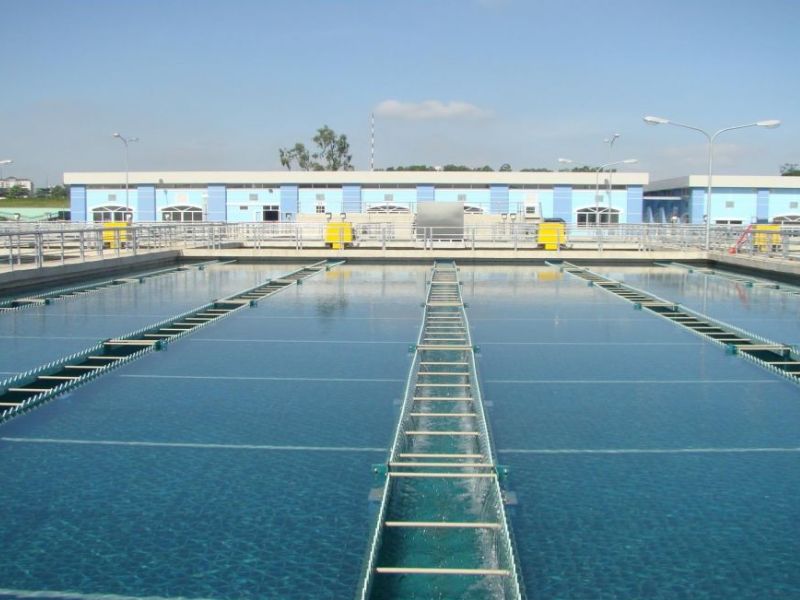
Other Monitoring Systems: Comprehensive Management of Environmental Factors
- Noise and Vibration Monitoring: Applicable to production facilities that generate noise and vibration exceeding the permissible standards (QCVN 26:2010/BTNMT for noise and QCVN 27:2010/BTNMT for vibration).
- Ambient Air Quality Monitoring: In certain cases, industrial zones or factories may be required to monitor ambient air quality to assess the impact of production activities on the surrounding environment.
- Soil Quality Monitoring: For facilities with potential soil contamination risks, soil quality monitoring is essential to track and evaluate pollution levels.
Benefits of Investing in Environmental Monitoring Systems
Investing in environmental monitoring systems is not merely a cost but a strategic investment that brings numerous practical benefits:
- Minimizing Legal Risks: Avoid penalties or suspension of operations due to violations of environmental regulations.
- Enhancing Environmental Management Efficiency: Provides accurate and timely data to make effective management decisions.
- Optimizing Operational Costs: Effective monitoring helps reduce costs for waste treatment, energy use, and resource management.
- Improving Reputation and Competitiveness: Builds a green corporate image, attracting investors and customers.
- Ensuring Sustainable Development: Contributes to environmental protection, public health, and socio-economic development.
Investing in environmental monitoring systems is an essential requirement and brings significant benefits to industrial zones and factories. It not only ensures compliance with the law but also contributes to environmental protection, improves operational efficiency, and enhances the reputation of businesses. Industrial zones and factories should proactively research and invest in monitoring systems suitable for their scale and operational characteristics to ensure sustainable development.

